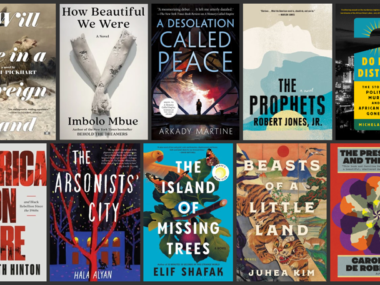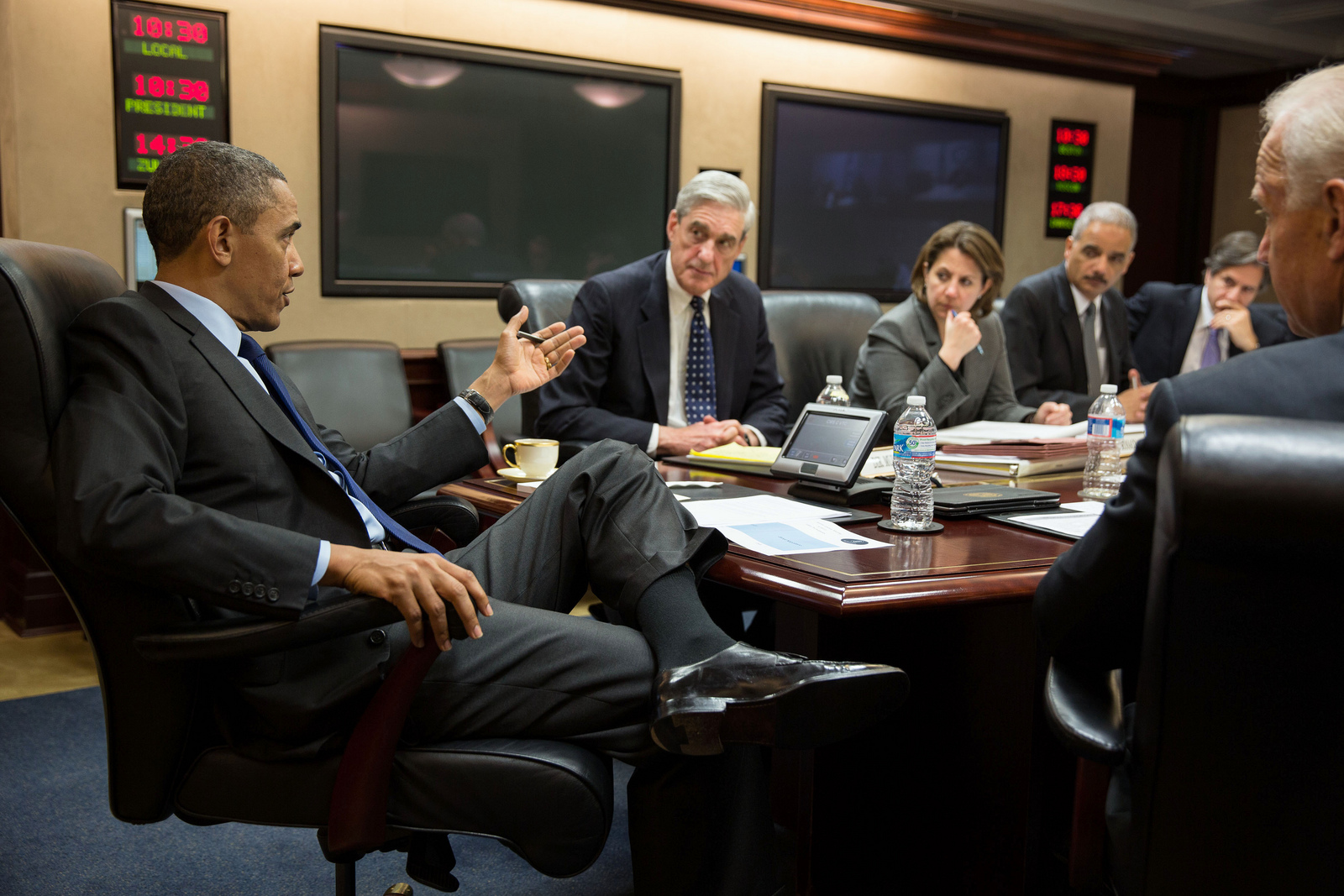Guest post by Ladyane Souza, Luise Koch, Maria Paula Russo Riva, and Natália Leal
Women who break the glass ceiling in politics are often depicted as disrupting the long-standing patriarchal structures that have traditionally kept women away from the public eye. The stereotypical “ideal” politician is usually based on a male perspective of strength and having a “thick skin,” which reinforces these patriarchal norms. Efforts to maintain the gendered status quo in politics are widespread, and include delegitimization and intimidation tactics such as misogynistic attacks or rape threats. Technological innovations provide additional fertile ground for such intimidation—and even violence—against women in politics. Though much of online hate is shared through social media, the consequences spill over into the offline world. Online abuse imposes financial and time-consuming burdens on female politicians who must, in addition to other pressing tasks, improve security, combat disinformation, and report perpetrators.
Many women politicians believe that they simply have to endure violence in order not to be perceived as emotional, weak, or unfit for the job. Some have managed to thrive politically despite being confronted with severe digital violence, like the 2021 German Green party candidate for chancellor, Annalena Baerbock, who is now minister for foreign affairs. Other female politicians decide to exit politics, like two former leftist congresswomen from Brazil who publicly announced their decision to not run in the 2022 elections after being targeted by severe online hate.
Why do some female candidates and victims of online violence drop out of politics while others endure? Our research shows that there are no simple answers. As part of a research project on online misogyny against politically active women, we interviewed five female Brazilian candidates for parliament. We found that women react differently to online violence: some simply ignore it or shrug it off, some choose to respond, and others stop engaging online altogether.
Since the use of social media is greatest among 25–34 year-olds, it is likely that younger female politicians who rely on social media are especially susceptible to being targeted. Black, Asian, and minority ethnic groups also tend to receive disproportionately higher amounts of abuse than many white female politicians. Personal characteristics such as age, skin color, and ethnicity are thus factors likely to increase the risk of women being targets of abuse and leaving politics. Furthermore, the severity of abuse, recurrence of attacks, and countries’ legal support mechanisms may play a crucial role in women’s decisions to persist in or exit politics.
The ultimate goal of violence against women in politics is to convey that women are not welcome at the political table. This means that when female politicians leave public life due to online violence, it is not because they choose to do so, but rather because patriarchally led structural forces succeeded in achieving their intended end, which is to cast off all women to political ostracism one by one. Because the problem is structural, the solutions need to be structural too. The blame for quitting must not be put on the female politicians individually, but rather on the absence of mechanisms to protect these women in the first place. Yet, the topic continues to be covered as a matter of personal choice and weakness, which disregards that online violence seeks to achieve political outcomes.
What must be done then to protect women in office from online violence? Apart from obvious proposals involving social media platforms preemptively countering and removing hateful content, multi-sectoral responses should be considered. This could involve putting in place initiatives such as developing support networks; creating comprehensive legal frameworks protecting digital rights; improving data collection on prevalence, incidences, and experiences of online harassment; and training public servants, communicators, and psychologists to address violence against women in politics and its victims.
Australia’s online safety regulator eSafety is a good model. The world’s first government agency dedicated to keeping people safer online, eSafety has formed a global partnership involving international organizations, civil society, and the private sector to strengthen laws to deter perpetrators of abuse and hold them accountable. The German non-profit HateAid is another—the group provides counseling and legal support in cases of digital violence.
One further blind spot that must be urgently tackled is the lack of funding to address the digital and physical security of female candidates. An understanding is beginning to emerge on the harms from gender-based attacks online, with Sweden leading the way with its first “online rape” conviction.
Women’s participation in politics is crucial, and much progress has been made in opening up the political space. But more needs to be done to protect women from the special burden they face of online abuse.
Ladyane Souza is a lawyer, consultant, and researcher who holds a Master’s in Human Rights from the University of Brasilia. Luise Koch is an economist and researcher who is pursuing her PhD at the Technical University of Munich. Maria Paula Russo Riva is a human rights lawyer and political scientist. Natália Leal is a journalist and CEO at Agência Lupa, the first fact-checking institution in Brazil and the 2021 Knight International Journalism Award winner.







